I created a new App with Android Studio 2.0 and I want to have my Navigation Drawer below the Toolbar. I know the Material Design specs say it should be above the Toolbar but my Drawer won't have that much entries and I want to see the neat icon animation provided by Google.
I maged to get what I want by placing the DrawerLayout within the top level CoordinatorLayout.
<?xml version="1.0" encoding="utf-8"?>
<android.support.design.widget.CoordinatorLayout
xmlns:android="http://schemas.android.com/apk/res/android"
xmlns:app="http://schemas.android.com/apk/res-auto"
xmlns:tools="http://schemas.android.com/tools"
android:layout_width="match_parent"
android:layout_height="match_parent"
android:fitsSystemWindows="true"
tools:context="com.company.app.MainActivity">
<android.support.design.widget.AppBarLayout
android:layout_width="match_parent"
android:layout_height="wrap_content"
android:theme="@style/AppTheme.AppBarOverlay">
<android.support.v7.widget.Toolbar
android:id="@+id/toolbar"
android:layout_width="match_parent"
android:layout_height="?attr/actionBarSize"
android:background="?attr/colorPrimary"
app:popupTheme="@style/AppTheme.PopupOverlay" />
</android.support.design.widget.AppBarLayout>
<android.support.v4.widget.DrawerLayout
android:id="@+id/drawer_layout"
android:layout_width="match_parent"
android:layout_height="match_parent"
app:layout_behavior="@string/appbar_scrolling_view_behavior"
tools:openDrawer="start">
<include layout="@layout/content_main" />
<android.support.design.widget.NavigationView
android:id="@+id/nav_view"
android:layout_width="wrap_content"
android:layout_height="match_parent"
android:layout_gravity="start"
app:menu="@menu/activity_main_drawer" />
</android.support.v4.widget.DrawerLayout>
</android.support.design.widget.CoordinatorLayout>
I am using android:fitsSystemWindow="true" on the top level layout so I can tint the status bar. But when I do that, the Navigation Drawer does have a gray top border.
When I would be using it the way Google specified it (above the Toolbar) then the border would be fine but this way it just looks ugly. Is there any way to remove this?
I experimented with overriding NavigationView.onInsetsChanged(Rect rect) and was able to place the items at the top but the gray border remained.

